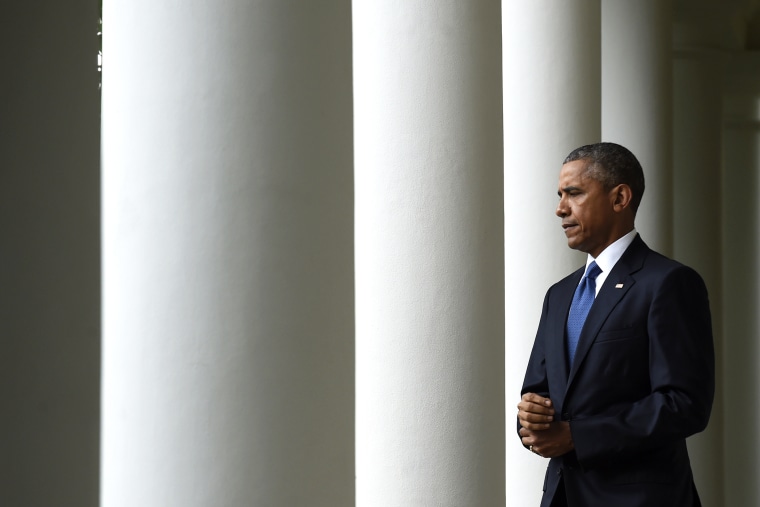The death of Justice Antonin Scalia has set up an important, deeply controversial question: Should President Obama, in his last 10 months in office, be allowed to appoint a justice who would likely create a liberal majority on the Supreme Court?
The Supreme Court has long been divided between five justices appointed by Republicans and four by Democrats.
If Obama appoints a fellow Democratic-leaning justice to replace the deeply conservative Scalia, he would tip the Court's balance, giving the liberals an advantage that could endure well beyond the president's tenure.
A liberal majority would carry deep implications on a number of issues, particularly on abortion rights and racial policy.
The reaction in the wake of Scalia's death has been entirely partisan.
Senate Democratic Leader Harry Reid and other Democrats demanded the GOP-controlled Senate pledge to confirm a new nominee before Obama leaves office. But Republicans, including Senate Majority Leader Mitch McConnell, said that the new president, not Obama, should be allowed to pick the new justice.
So will Obama publicly campaign to demand the Senate fill the open seat? Will he suggest a more centrist or conservative justice who Republicans might consider backing?
The dynamic is unpredictable, bitterly partisan and sure to upend the 2016 campaign. But here's a briefer on how the process of a Supreme Court justice's appointment and confirmation typically works:
According to the "Appointments Clause" of the Constitution, the president "shall nominate, and by and with the Advice and Consent of the Senate, shall appoint ... Judges of the Supreme Court."In the modern era, that means a lengthy Senate confirmation process for an enormously influential post that lasts from a justice's swearing-in until his or her death or retirement. (In rare cases in history, president have made "recess appointments" to the Supreme Court without the approval of Congress, but those appointments have expired at the end of the Congressional session rather than being lifetime posts. But the last president to do so was Dwight Eisenhower.)Once a president announces the White House's choice to fill a Supreme Court vacancy, that person must first fill out paperwork about his or her background and finances, while the FBI conducts a background check.Since 1925, nominees have first been considered by the bipartisan Senate Judiciary Committee, which currently has 20 members -- 11 Republicans and 9 Democrats. The panel investigates the background of the potential justice and prepares questions, while the nominee traditionally does "courtesy calls" on Capitol Hill to meet with individual senators in advance of the hearing.The hearings themselves have become huge media spectacles, with the nominee answering a battery of question about past decisions, judicial ideology and professional qualifications.After those high-stakes hearings have concluded, the committee members vote on the nominee -- but no matter how their assessment goes, the nomination is typically sent to the full Senate for a vote.In 2013, Senate Democrats amended filibuster rules to require only a simple majority - and not a three-fifths vote -- to end debate on executive branch nominations and federal judicial appointments. But Supreme Court appointments still essentially require the consent of 60 senators to go forward.
